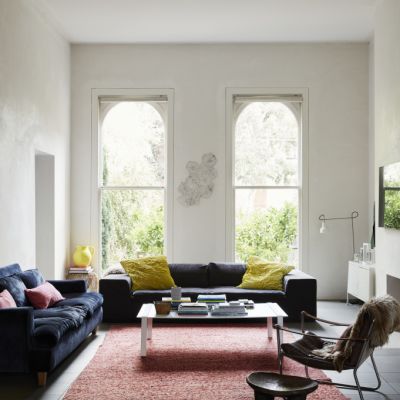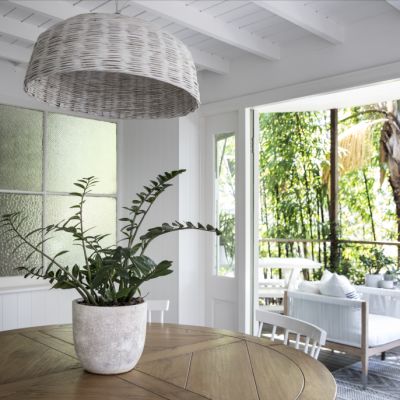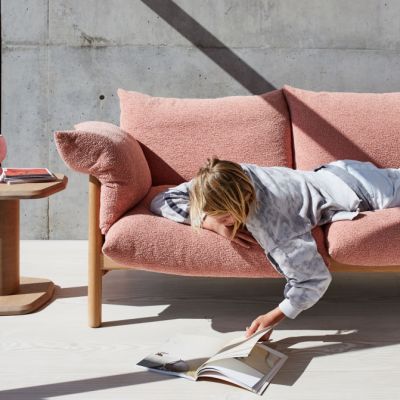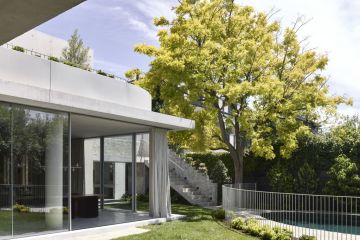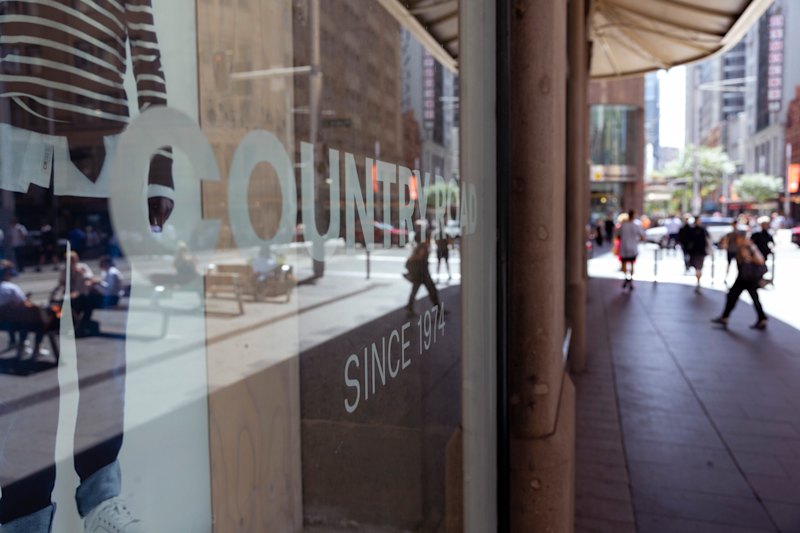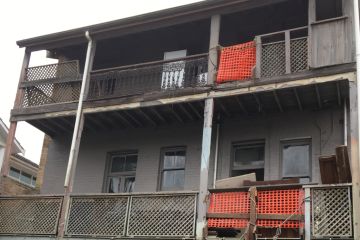Labour of love: Inside the gorgeous transformation of a historic Melbourne home
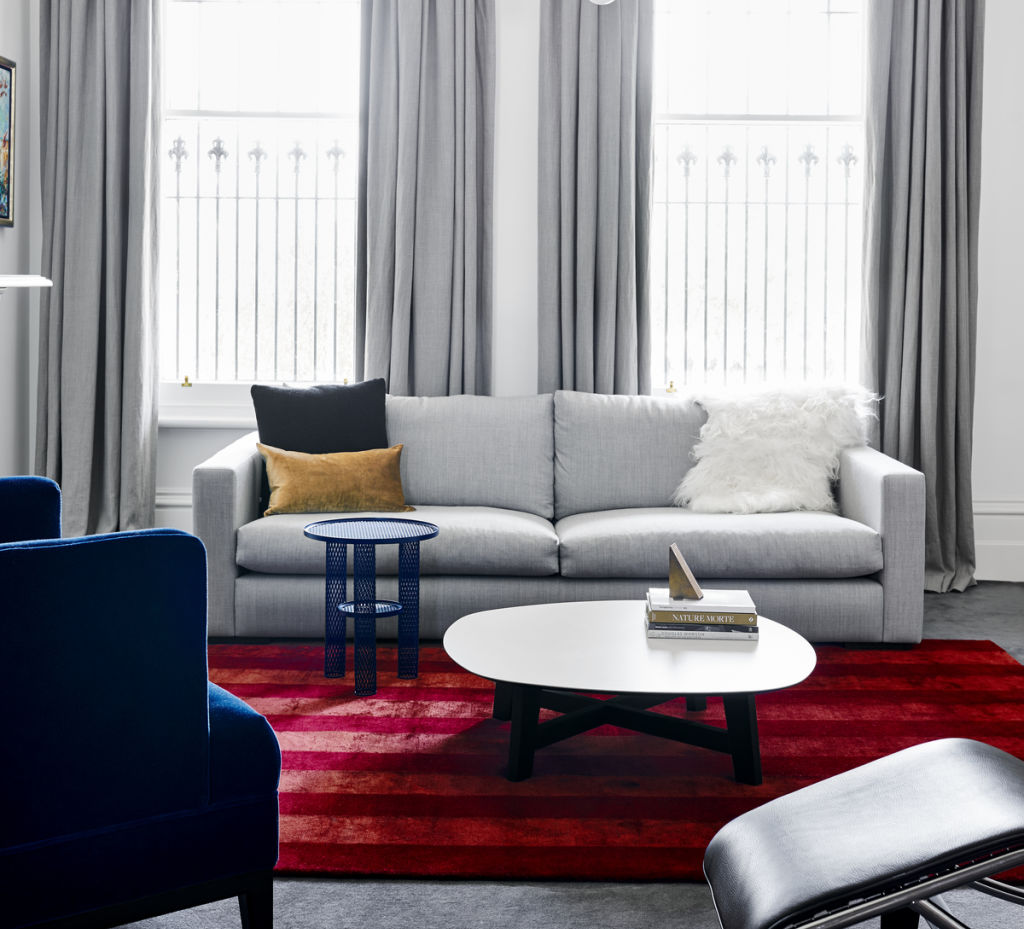
The transformation of beautiful Park House in Melbourne’s Yarra Park is a true labour of love. Built in 1889, the dilapidated two-storey terrace was cleverly redesigned into a warm, chic and enviable abode for an art-loving couple.
With a design brief that included highlighting the home’s elegant 19th century features while modernising and opening up the living and entertainment spaces, it was the short lead time, says Fiona Morrison from design practice Studio 103, that proved to be the team’s greatest challenge.
“Our client was diagnosed with a terminal illness so the turnaround time for the renovation was just three months so he could enjoy the home in his final months,” she says.
“To complete the project quickly, we needed to design out lead times using readily available materials and products that were in stock. While this limited selections, the generous budget on the project enabled us to select high quality products with certified product stewardship.”
Listen to episode two of Domain’s podcast Somewhere Else:
Because recycling in architecture goes beyond the simple reuse of materials, and given the home’s historical nature and heritage overlay, all work carried out remained within the existing building’s footprint.
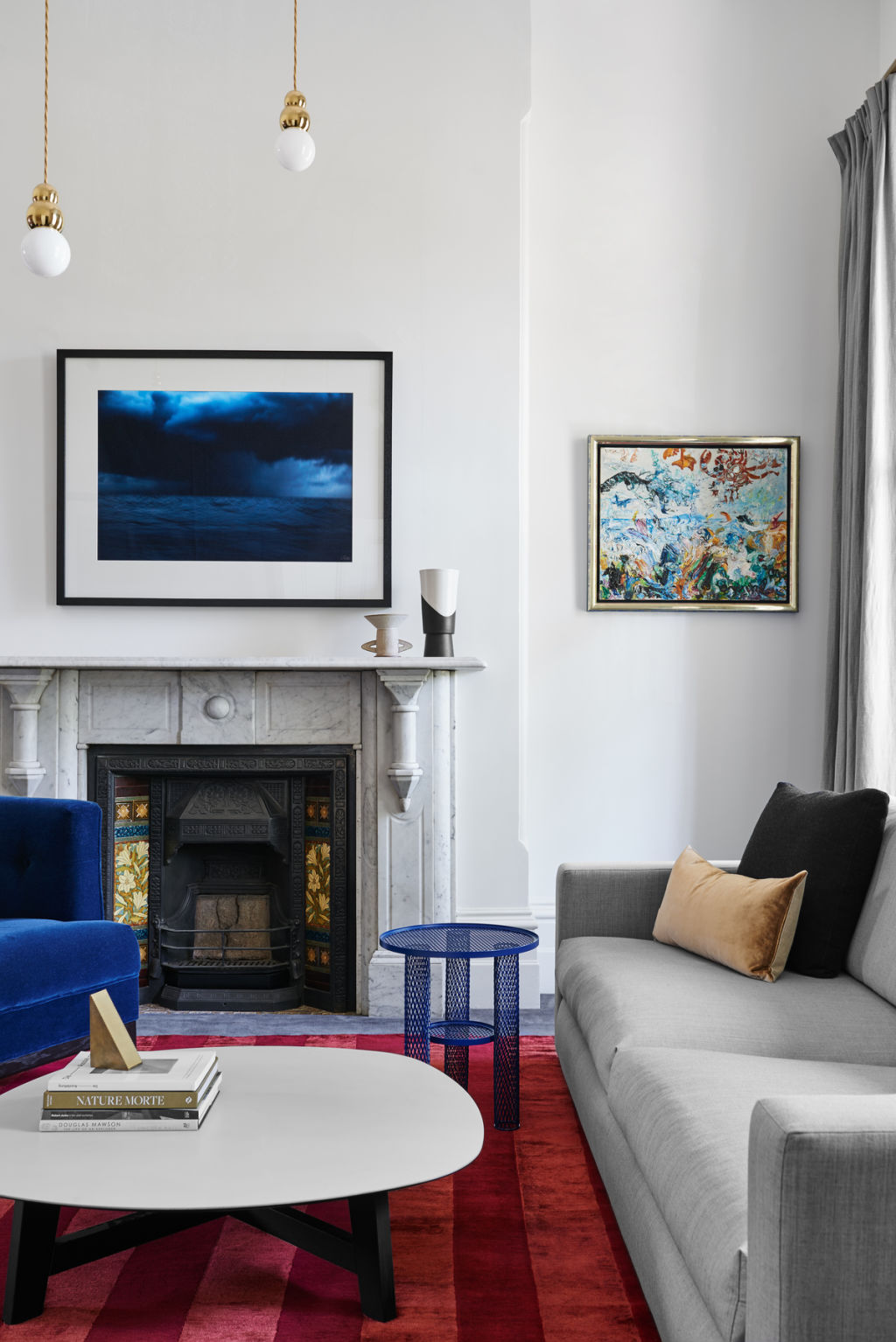
Paying close attention to the home’s original intention along with considered retaining and refurbishing, the designer successfully transformed the old home into a collection of cohesive living spaces fit for modern purposes and the owner’s art collection.
“The overall condition of the home was still intact, but it required a refresh and upgrade,” says Morrison.
“The original layout included the front of the house that encompasses the living and dining, and upstairs the designer opened up the existing bedrooms and made them more generous along with a dressing room and en suites. While the beautiful high-ceiling front rooms were in relatively good condition, the rear of the house was a rabbit warren of dark, small spaces.
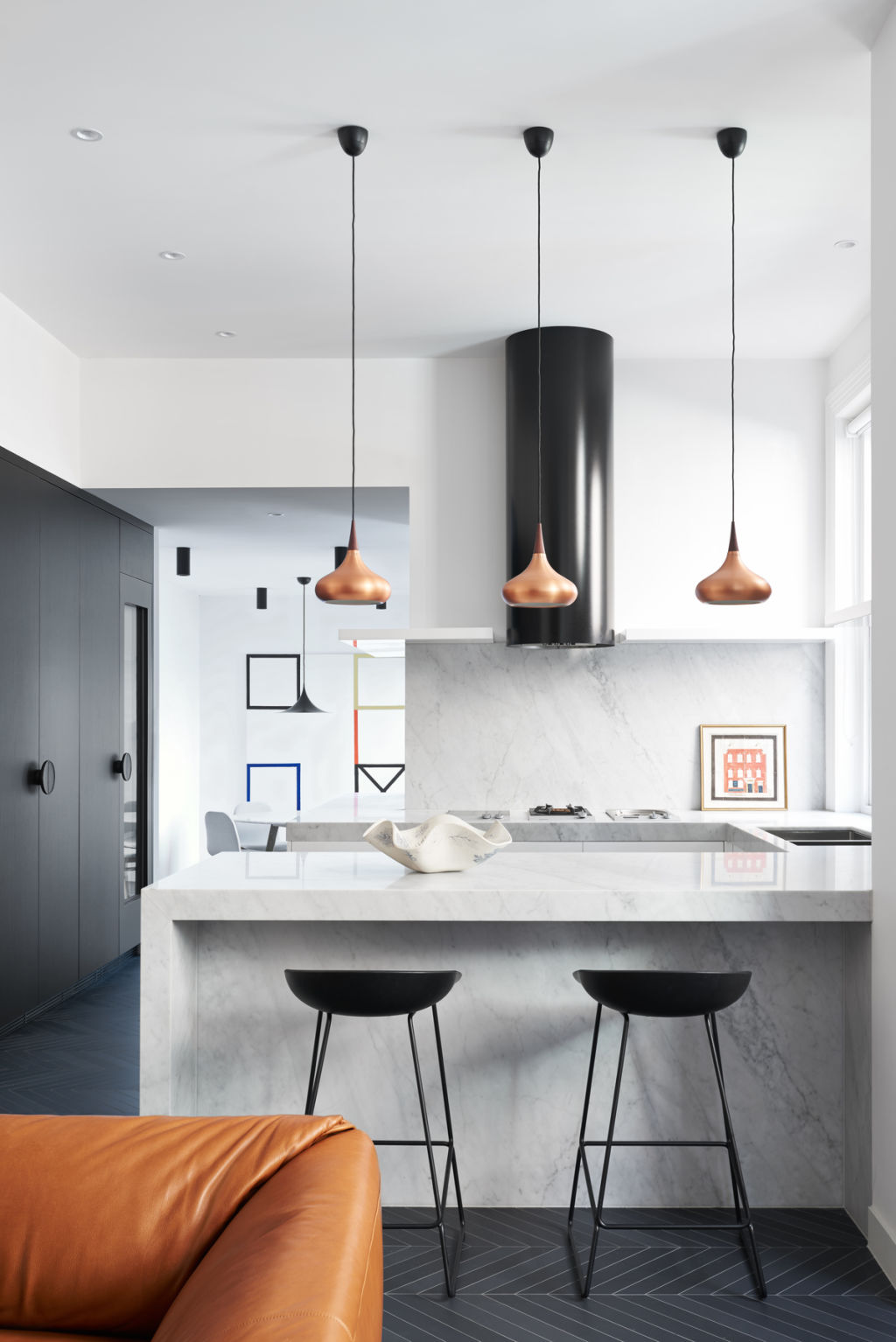
“The designer resolved this by remodelling it to create an adjoining kitchen, meals and living space that brought fluidity and natural light to the narrow floor plan.”
While reusing the building’s original structure and features, materials were sourced that boasted low embodied energy, including zoned underfloor hydronic heating that was installed as a low-energy heating solution.
The minimal, clean and luxurious materials’ palette and strong bursts of primary colour offer a striking contrast to the home’s elegant period features.
Stone and timber hum beautifully alongside copper and brass fixtures, as well as soft furnishings in both strong and neutral tones.
Textural accents in the form of plush wools, cool smooth marbles and aged leather work in synergy to create a strong but calming visual language with continuity throughout.
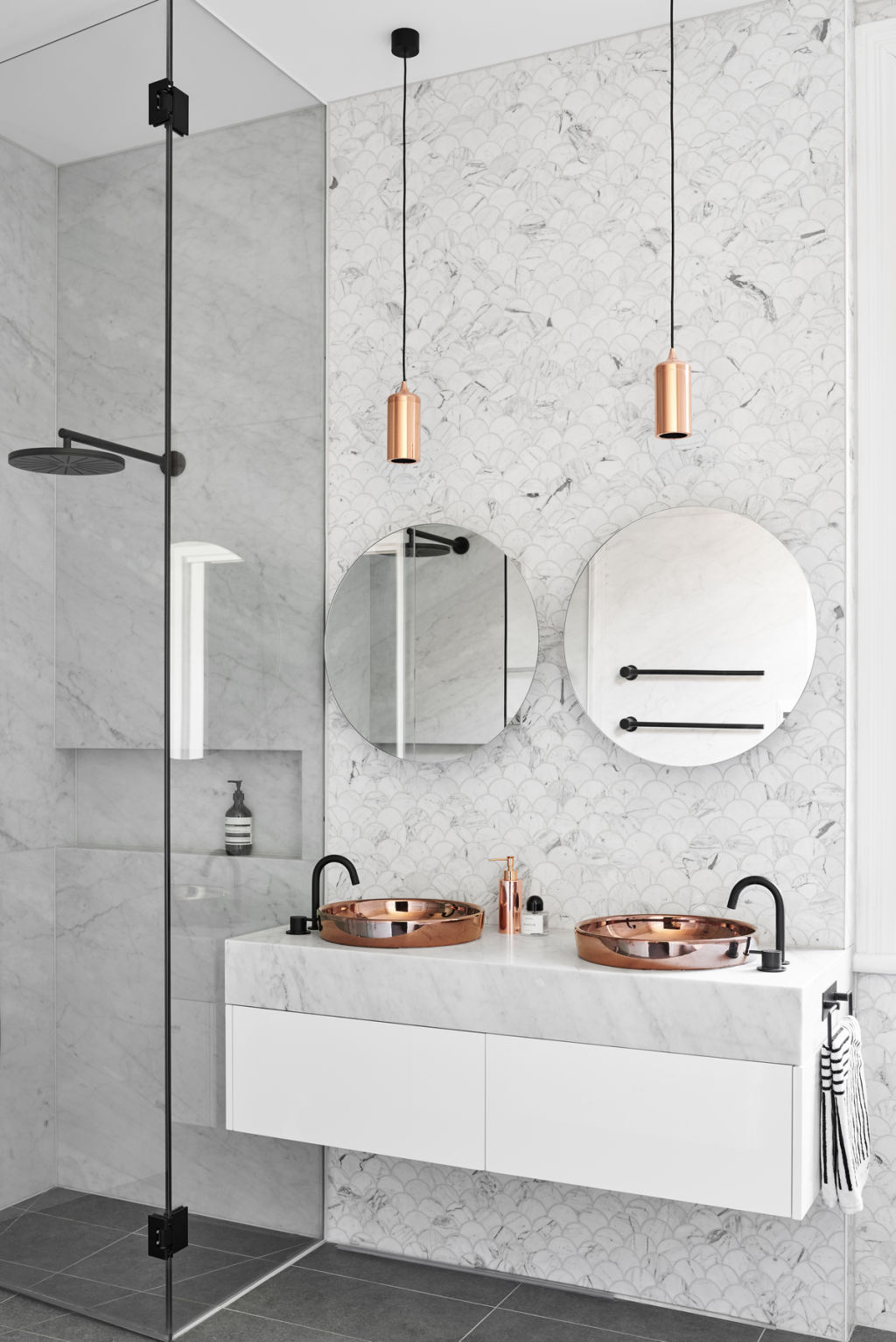
Simple forms in the original rooms, including the home’s existing fireplace, offer a sense of calm throughout despite the home’s new bold, stylish and contemporary accents.
From high-shine marble mosaic tiles in the bathroom, chic Carrara marble bench tops in the kitchen, luxe Tsar wool carpet, and smart black powder-coated features throughout, the home is a stylish and harmonious balance between the old and the new.
“The designer’s intent was that the natural materials would age with the house over time, create a luxurious feel without overpowering the historical features of the house and allow the client’s art collection to shine,” she says.
We recommend
States
Capital Cities
Capital Cities - Rentals
Popular Areas
Allhomes
More
